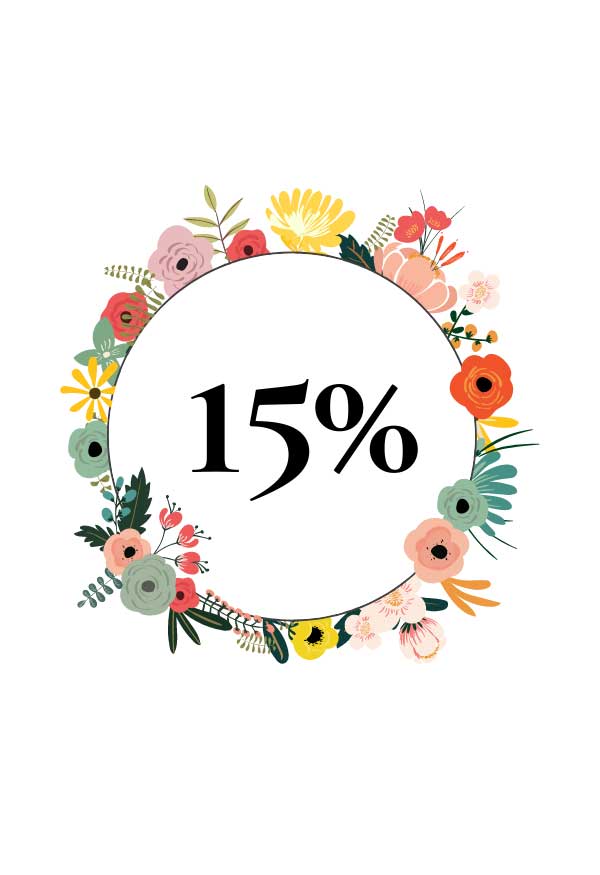| Common name(s): |
black currant, European black currant |
| Family: |
Grossulariaceae |
| Origin: |
central and northern Europe, northern Asia |
| Parts used: |
fruits, leaves, roots |
| Constituents: |
anthocyanins, proanthocyanidins (dimer, trimer prodelphinidins), glucosides, rutinosides, tannins, high concentration of vitamin C, beta-carotene, lutein, minerals (copper, manganese, magnesium, iron), flavonoids (rutin, quercetin, kaempferol, myricetin, isorhamnetin), phenolic acids, amino acids (arginine, proline, glycine, alanine)
|
| Therapeutic actions: |
antioxidant, antibacterial, anticoagulant, anti-inflammatory, diuretic, diaphoretic, antiviral |
| Organs or systems affected: |
cardiovascular system, respiratory system, gastrointestinal system, eyes, central nervous system, kidneys, blood |
| Main medicinal uses: |
- fights infections
- reduces muscle fatigue and pain
- promotes overall health through antioxidants
- improves blood circulation
- treats colds symptoms
- helps against insomnia
|
| Counterindications: |
Generally regarded as safe when consumed in normal daily amounts. Avoid use during pregnancy. |



